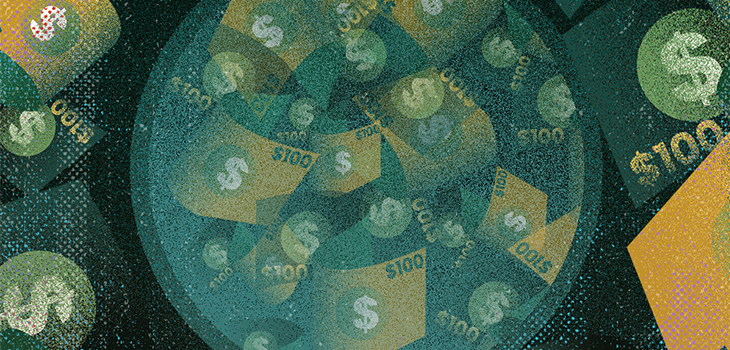OSINT Blog
Money Mules: How Organized Crime Groups Recruit Via Social Media For Money Laundering
When criminals profit from crime, they need to make their money look legitimate. Criminals avoid using their bank accounts to transfer their criminal funds directly as this would easily link them to their criminality. The criminals first want to move the money around to create a complicated trial. To do this, they launder the money, moving it around…
Continue ReadingProceeds of Crime: Repurposing Criminal Funds to Fight Crime
Almost all criminal activities yield profits. The profits of such criminal activity are referred to as the proceeds of crime. The term ‘proceeds of crime’ includes any property or assets derived from or obtained, directly or indirectly, through the commission of or in connection with a criminal offense. The proceeds of crime include property derived…
Continue ReadingOffshore Leaks: Investigating Dirty Money and White Collar Crime
Tax havens are jurisdictions with significantly low rates of taxation for foreign investors, which may also offer financial secrecy. With the help of white-collar professionals, like lawyers and accountants, the wealthy can avoid taxes by shifting their money offshore and parking it in foreign nations.
Continue ReadingThe Anatomy of Onshore Money Laundering
The use of legitimate “onshore” economies as a thoroughfare for international financial crime is surprisingly widespread. Whilst scrutiny has long targeted offshore tax havens and low-disclosure jurisdictions - and not without good reason - comparatively, little attention has been paid to fraudsters brazenly operating on home ground.
Continue ReadingFrom Checklist to Checkmate: How to Really Know Your Client
Does your customer know you better than you “Know Your Customer”? Over the past two decades, U.S. regulators have handed out billions of dollars in fines and deferred prosecution agreements (DPAs) for the facilitation of money laundering, sanctions evasion, or terrorist financing. But the $2 trillion worth of suspicious transactions detailed in last…
Continue ReadingDirty Money’s Selfie Habit: The Digital Face of Financial Crime
If you can’t “follow the money” on paper, follow it on Instagram. Since the phrase was coined in the 1970s, financial crime and corruption have undergone a digital transformation in more ways than one. Dirty money may be laundered on paper, but it’s aired in real life: and these days, much of real life is aired online. With financial criminals…
Continue Reading






